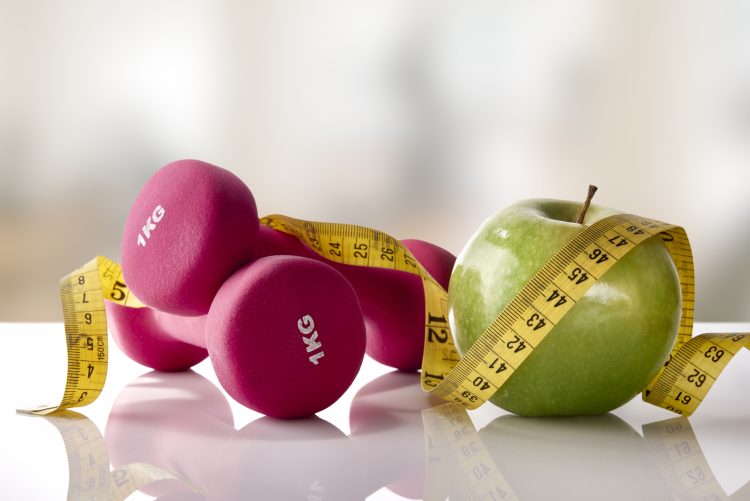
Due to the reduced levels of activity, weight issues can be a problem for people with lower limb amputations. Try different forms of exercise and stay as fit as you can. A healthy body will assist your overall condition; mentally, physically and emotionally. Keep your diet healthy. People with diabetes should speak to their dietician or seek information from Diabetes Australia for further assistance with weight and diet management.
If you have a large gain, or loss in weight or a significant change in activity it is your responsibility to let your prosthetist know, so they can ensure the safety of your prosthesis.
If you gain weight your stump is likely to get bigger and your socket may become too tight. If you lose weight your stump will get smaller and your prosthesis may become too loose. Generally changes of more than 2-3 kilograms will show up in an altered socket fit, so try to maintain an even body weight.
Stump changes can happen for other health related reasons. For example: anything that affects the fluid balance of the body can affect your stump size. Kidney or heart conditions can cause this, as can some medications, particularly those which cause fluid loss. Other causes of changes in stump size include; weather (especially extreme heat), menstrual cycles, alcohol intake, activity and air travel.

In time, you should have a fairly good idea how your prosthesis should look and how it should feel; when it is fitting properly. If you are unsure then talk to your prosthetist and ask them to explain it to you. You should learn to be familiar with how your stump looks so you can notice any changes in appearance, or skin markings.
There are so many different types of prostheses and people are all individual. The best way to deal with change is to be aware of your own body and its responses, be informed on how your prosthesis should work and contact your doctor or prosthetist if you ever have a question.
Keep up to date with our latest news, events and information